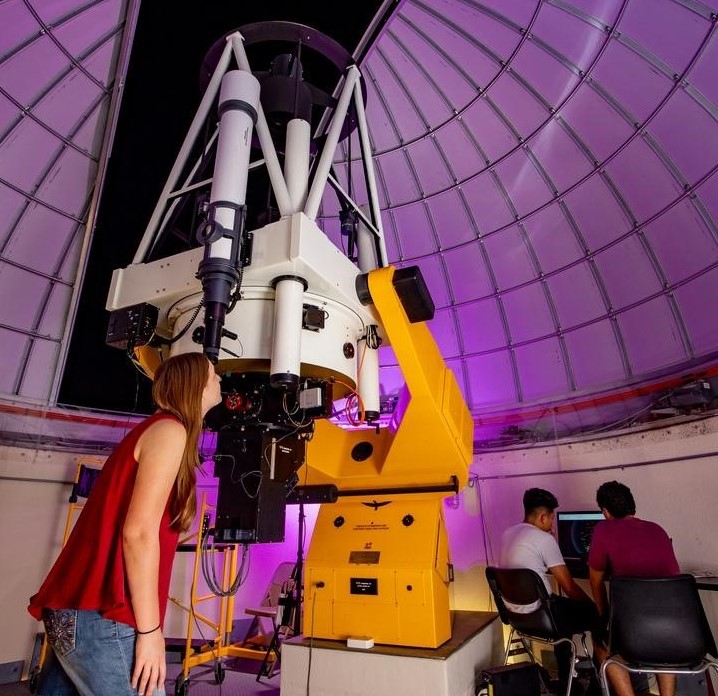Document Type
Article
Publication Title
Journal of Geophysical Research: Space Physics
Abstract
Compact intracloud discharges (CIDs) are sources of the powerful, often isolated radio pulses emitted by thunderstorms. The VLF-LF radio pulses are called narrow bipolar pulses (NBPs). It is still not clear how CIDs are produced, but two categories of theoretical models that have previously been considered are the Transmission Line (TL) model and the Relativistic Runaway Electron Avalanche-Extensive Air Showers (RREA-EAS) model. In this paper, we perform numerical calculations of RREA-EASs for various electric field configurations inside thunderstorms. The results of these calculations are compared to results from the other models and to the experimental data. Our analysis shows that different theoretical models predict different fundamental characteristics for CIDs. Therefore, many previously published properties of CIDs are highly model dependent. This is because of the fact that measurements of the radiation field usually provide information about the current moment of the source, and different physical models with different discharge currents could have the same current moment. We have also found that although the RREA-EAS model could explain the current moments of CIDs, the required electric fields in the thundercloud are rather large and may not be realistic. Furthermore, the production of NBPs from RREA-EAS requires very energetic primary cosmic ray particles, not observed in nature. If such ultrahigh-energy particles were responsible for NBPs, then they should be far less frequent than is actually observed.
DOI
10.1002/2013JA018974
Publication Date
1-2014
Recommended Citation
Arabshahi, S., J. R. Dwyer, A. Nag, V. A. Rakov, and H. K. Rassoul (2014), Numerical simulations of compact intracloud discharges as the relativistic Runaway Electron Avalanche-Extensive Air Shower process, J. Geophys. Res. Space Physics, 119, 479–489, doi:10.1002/2013JA018974.


